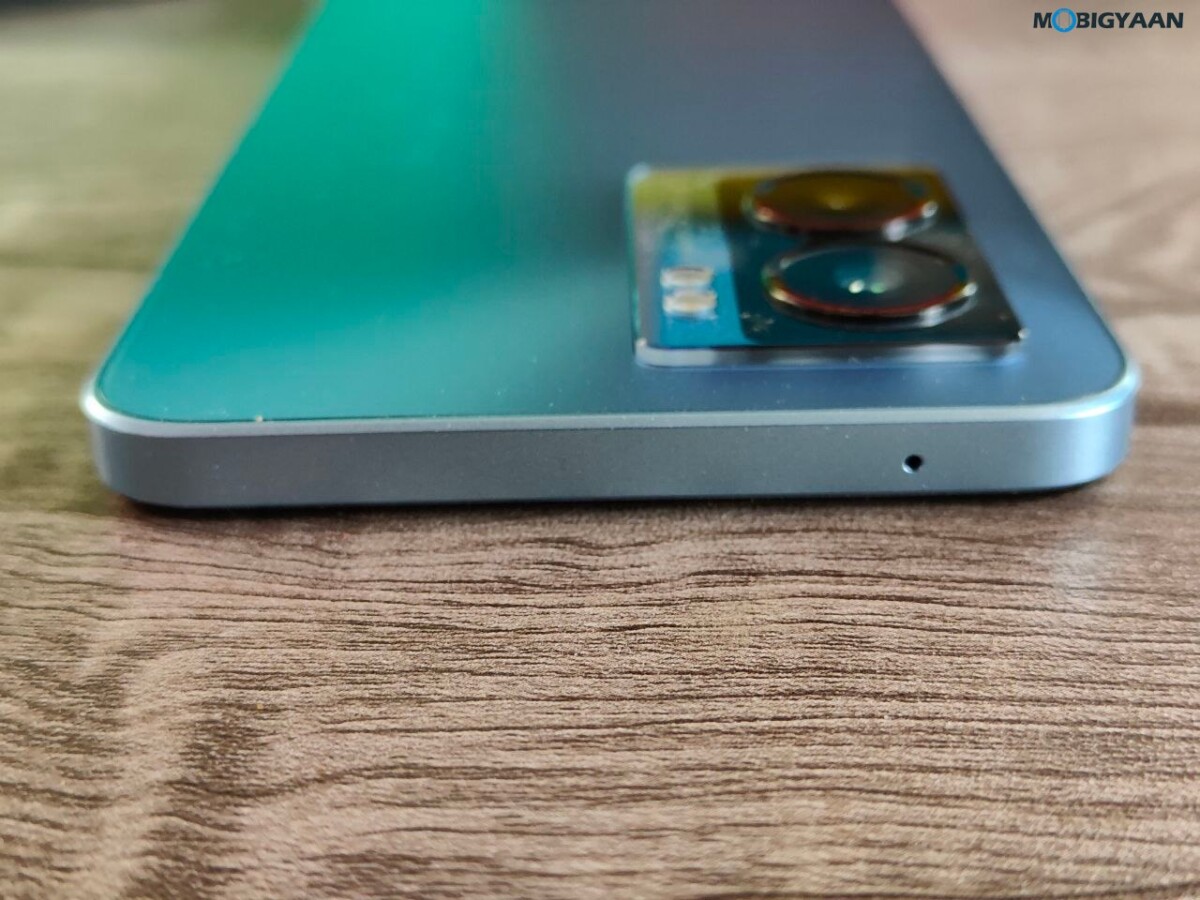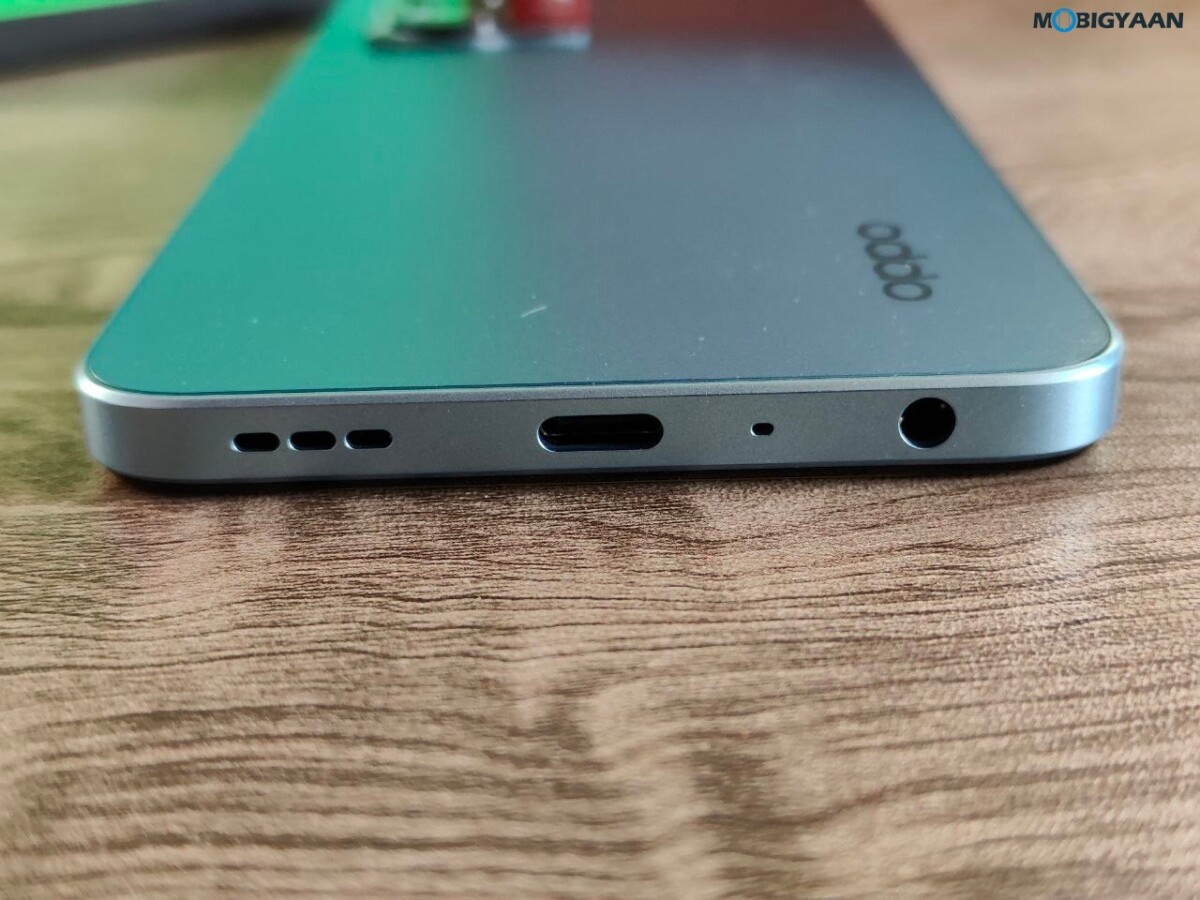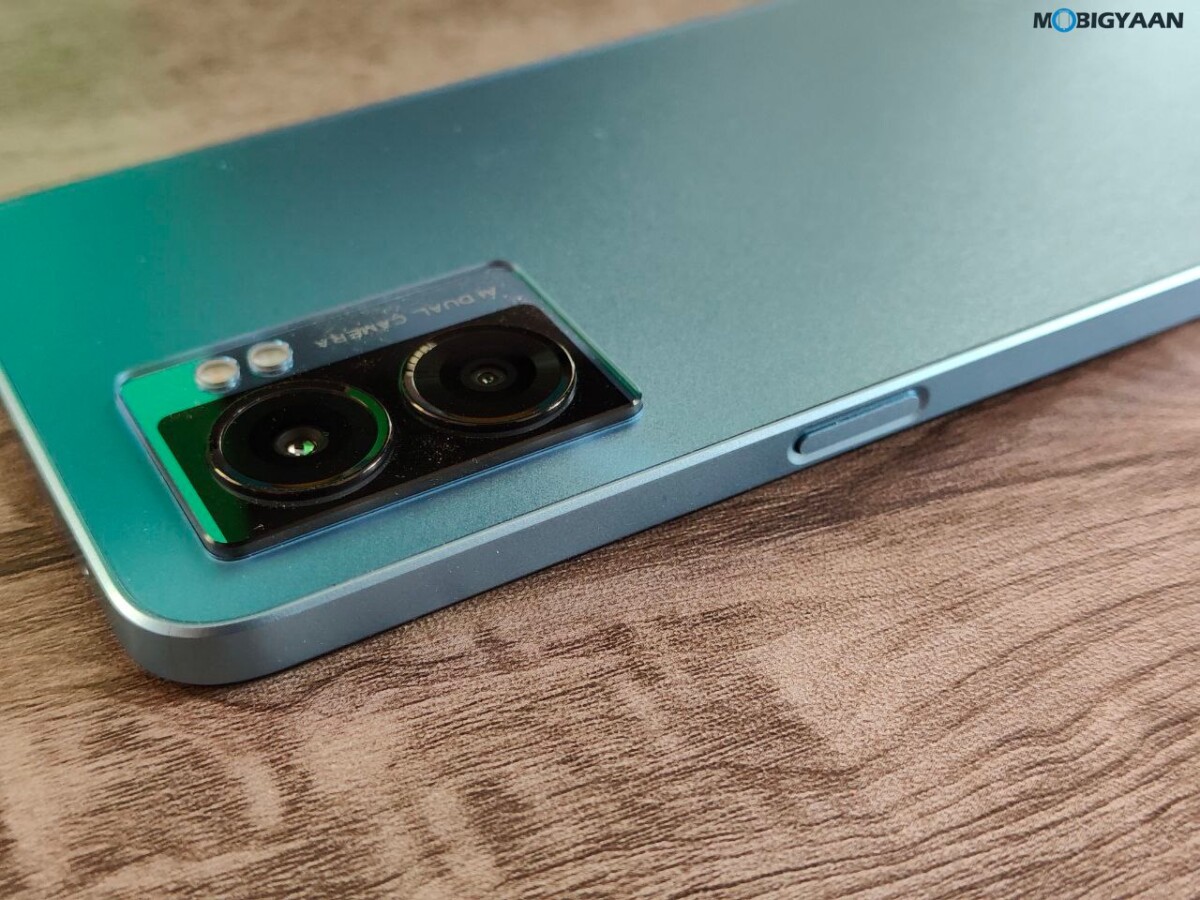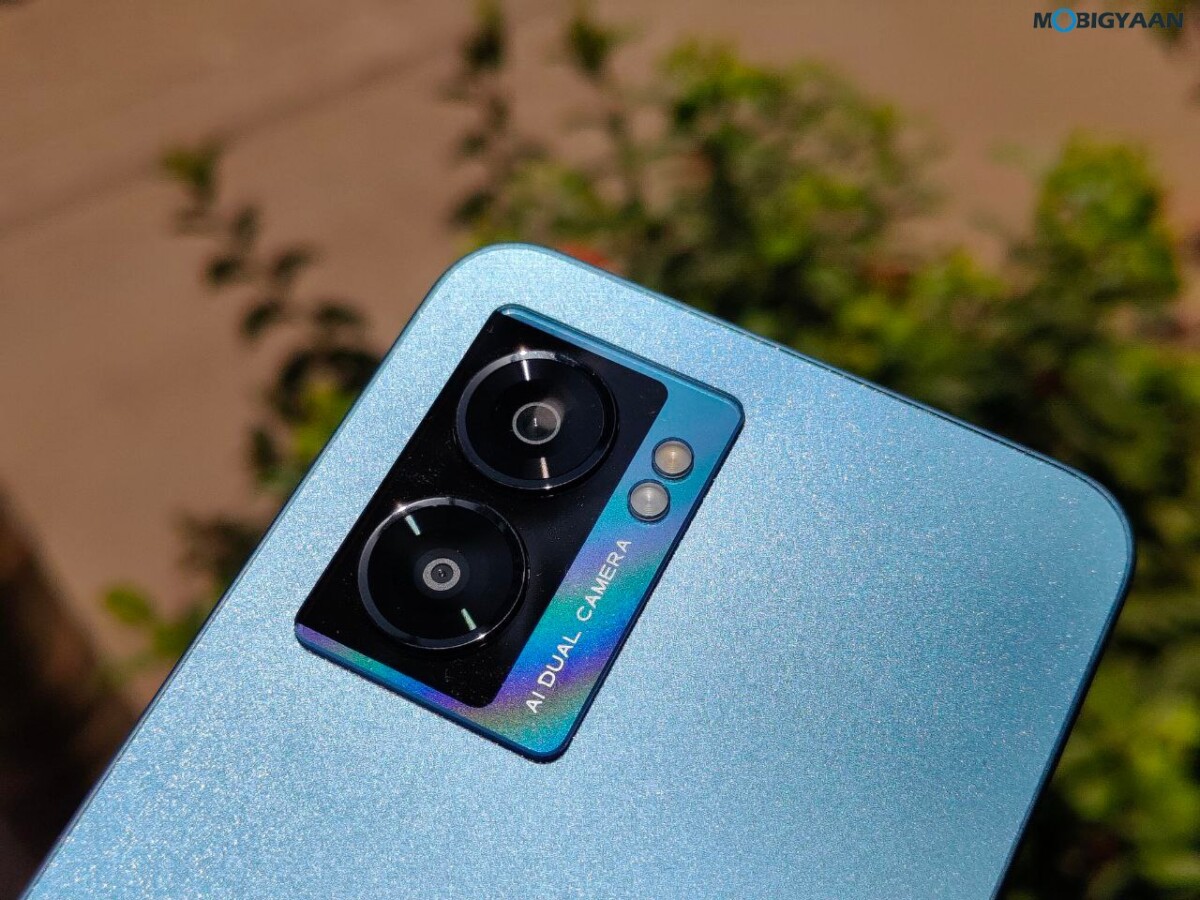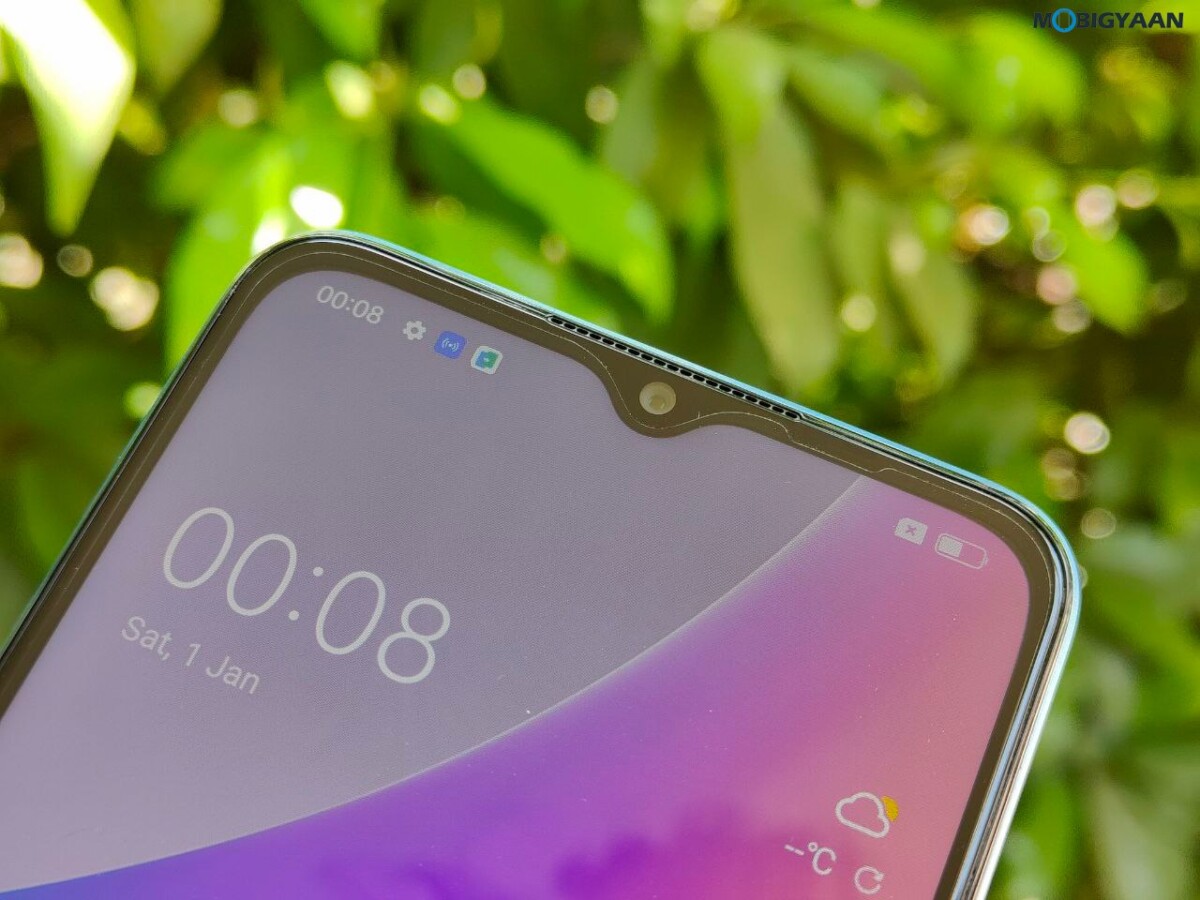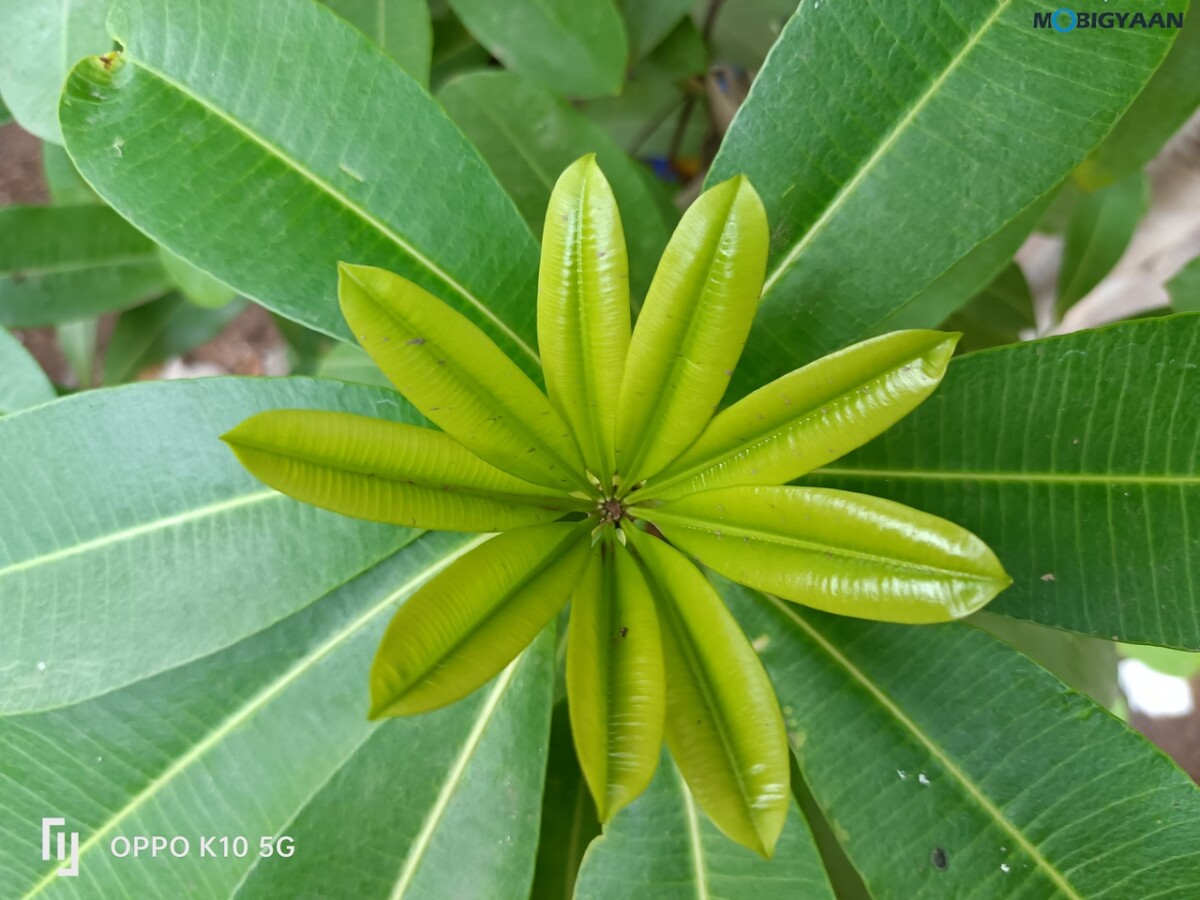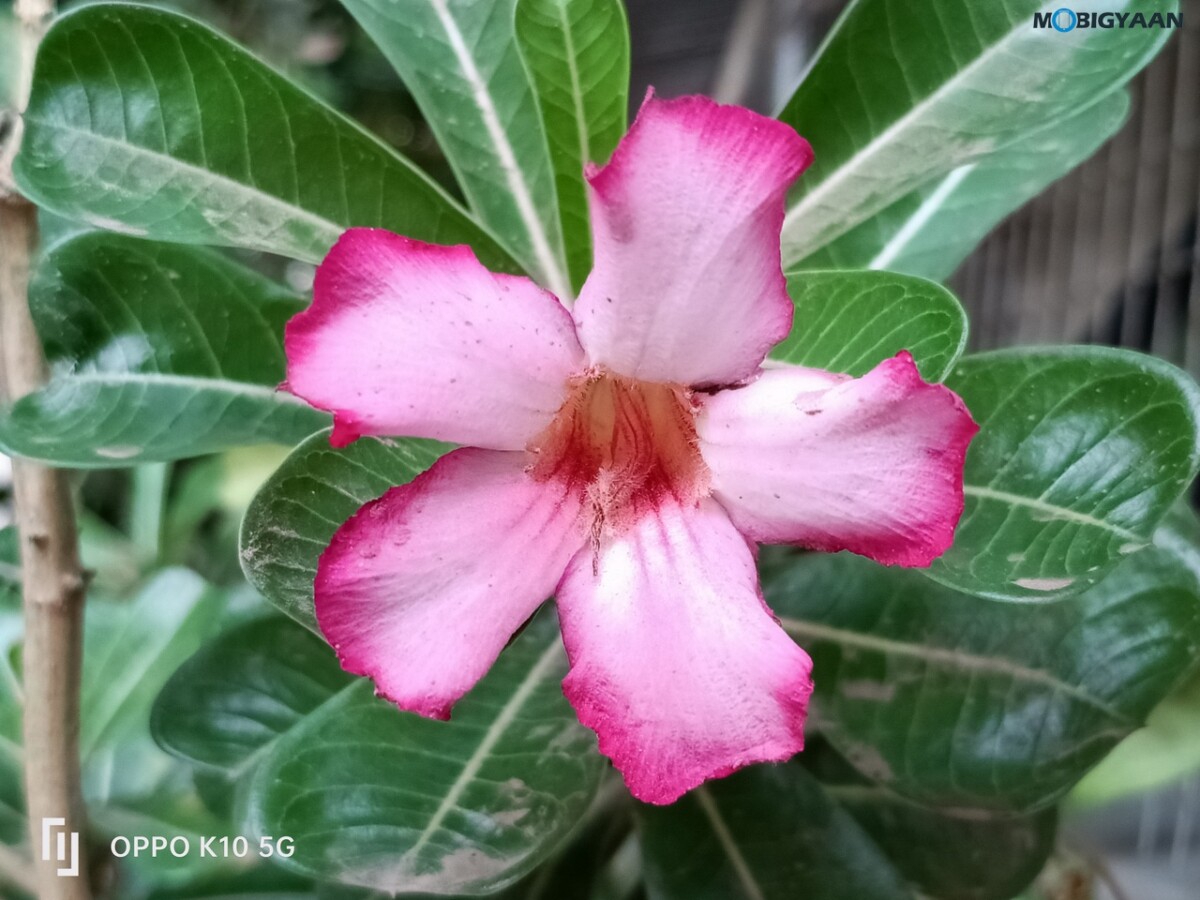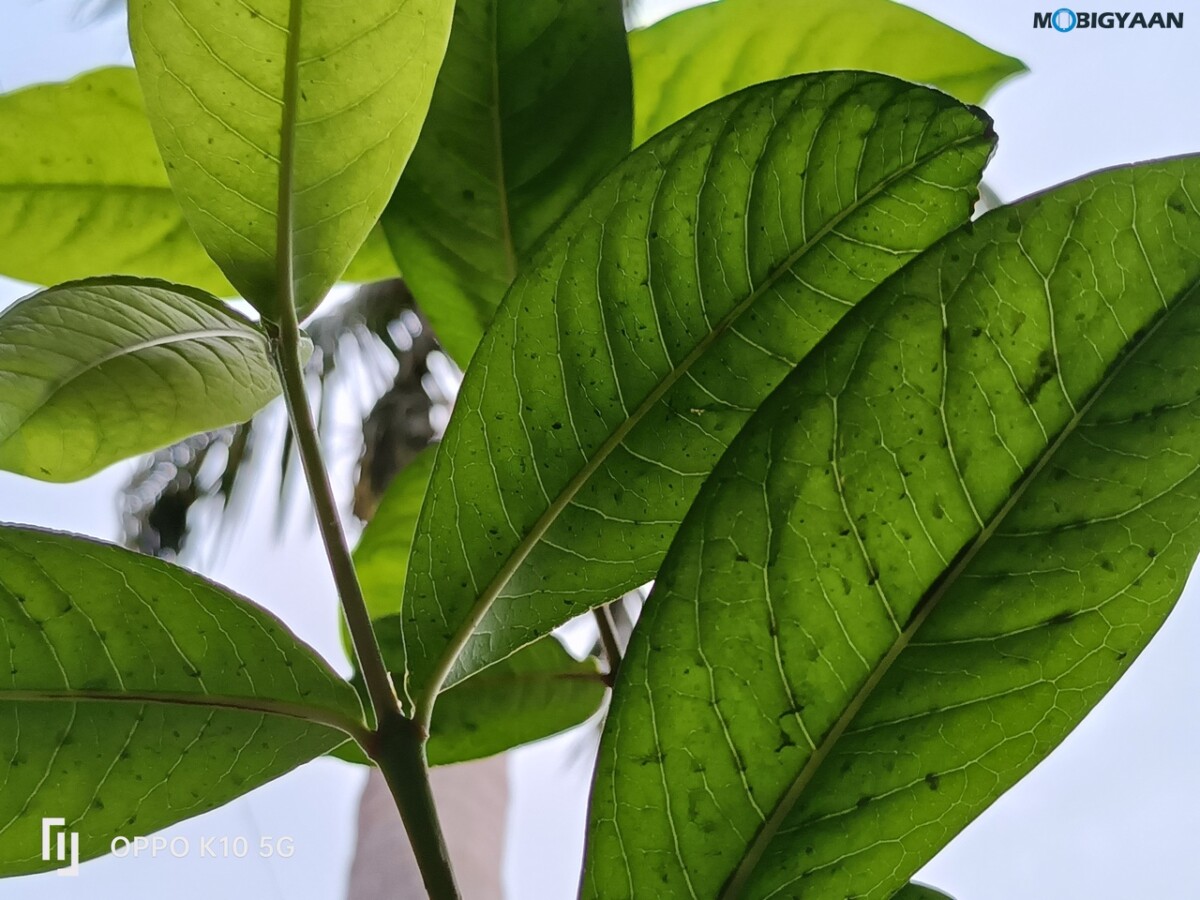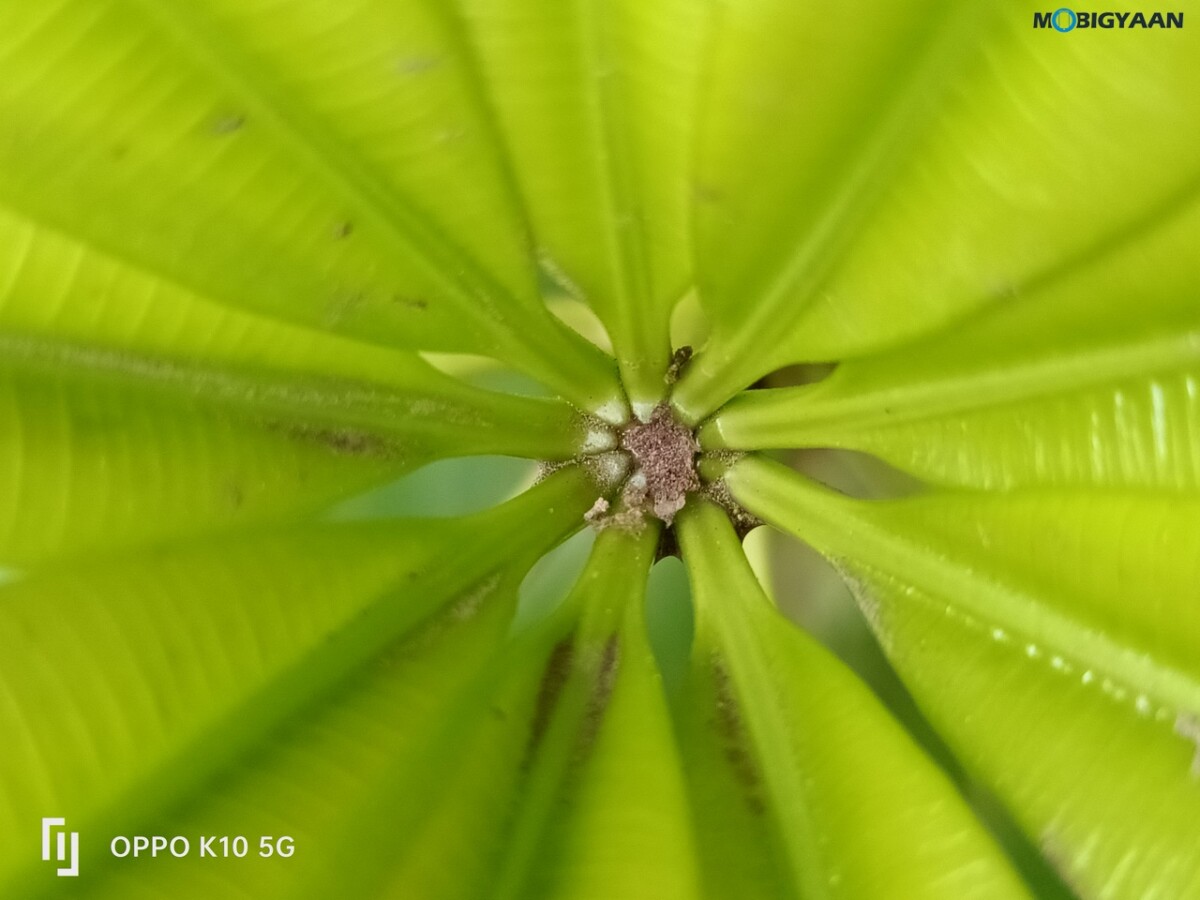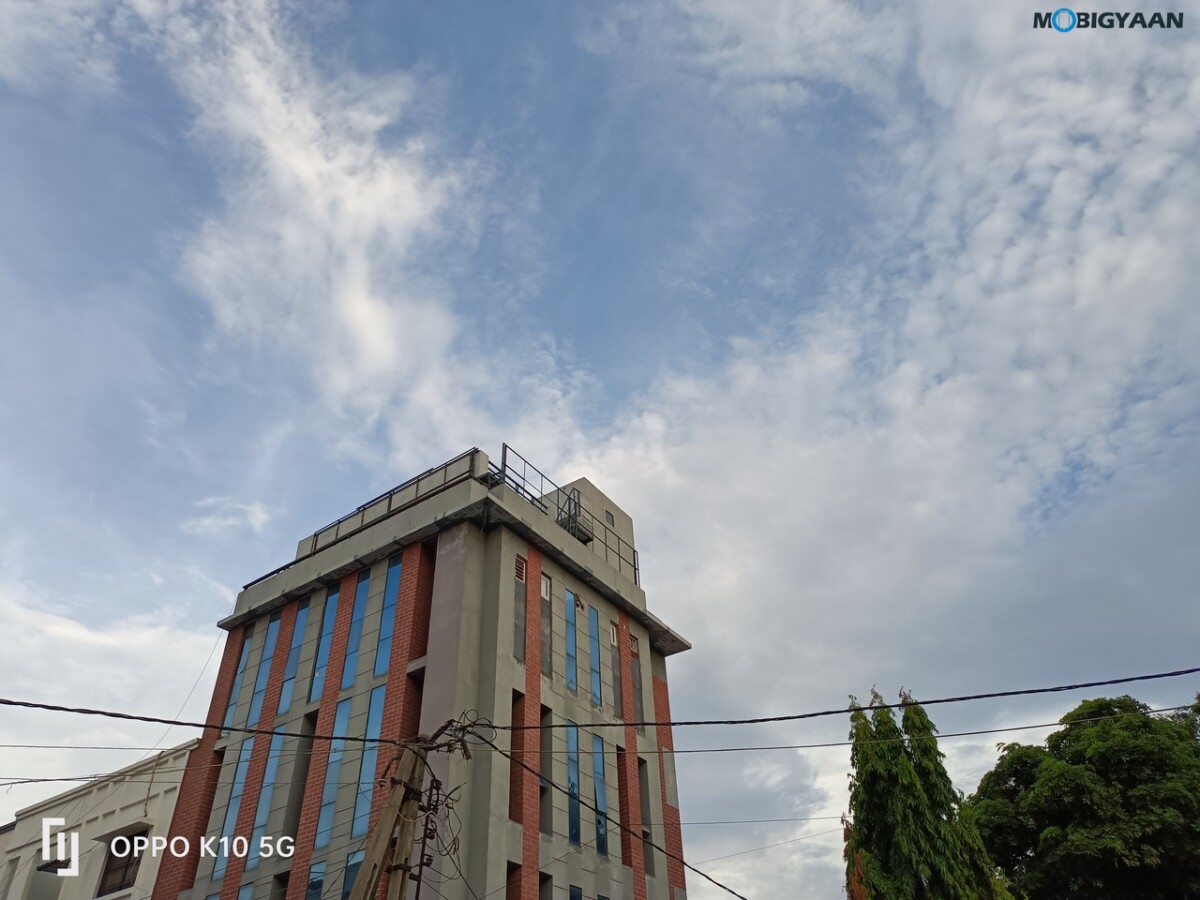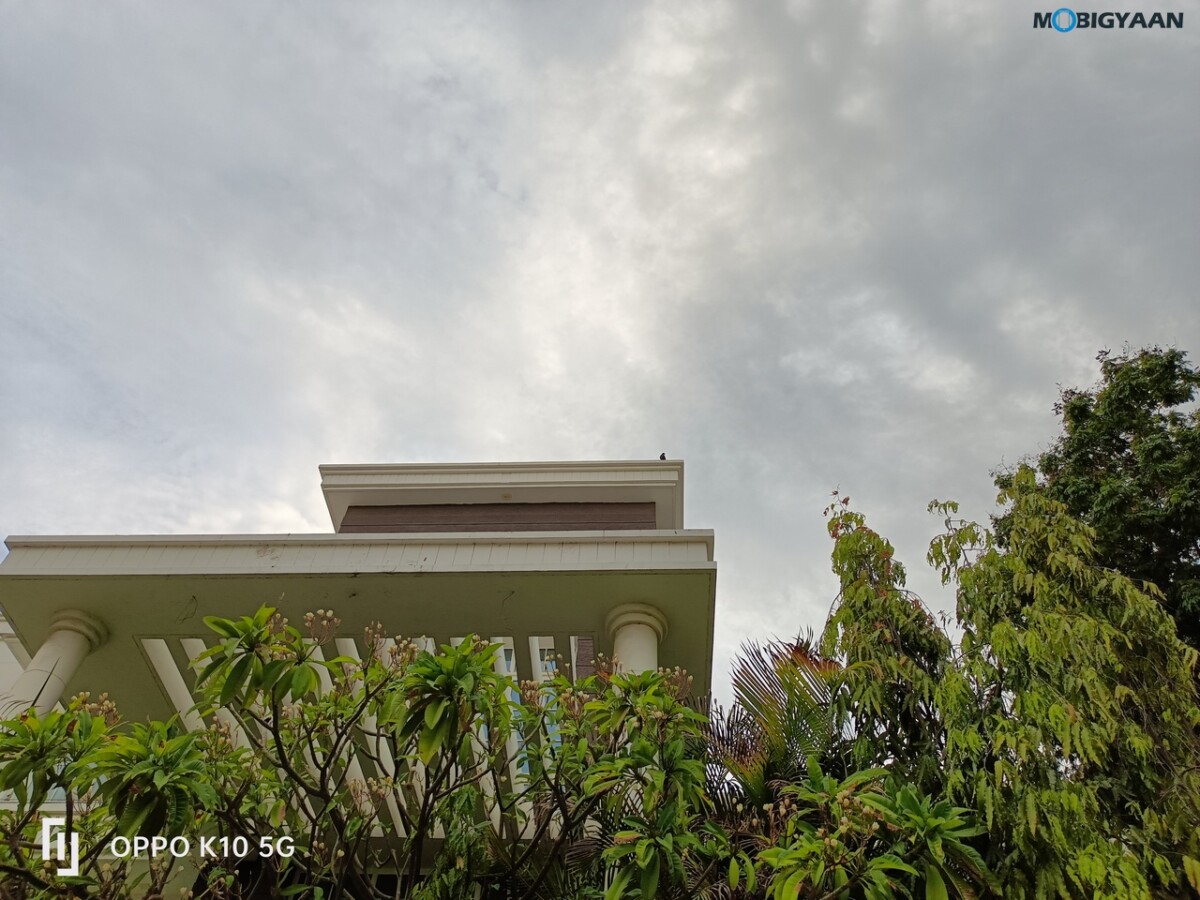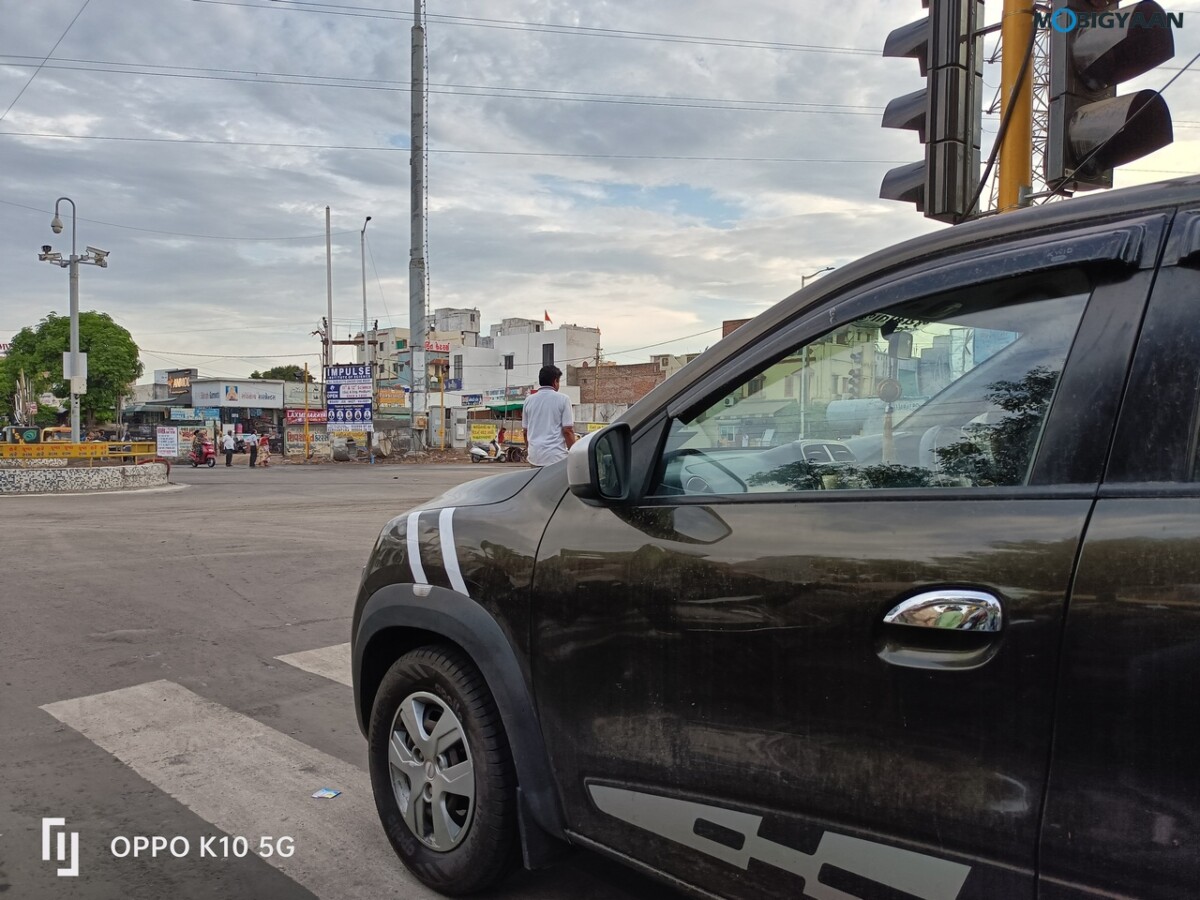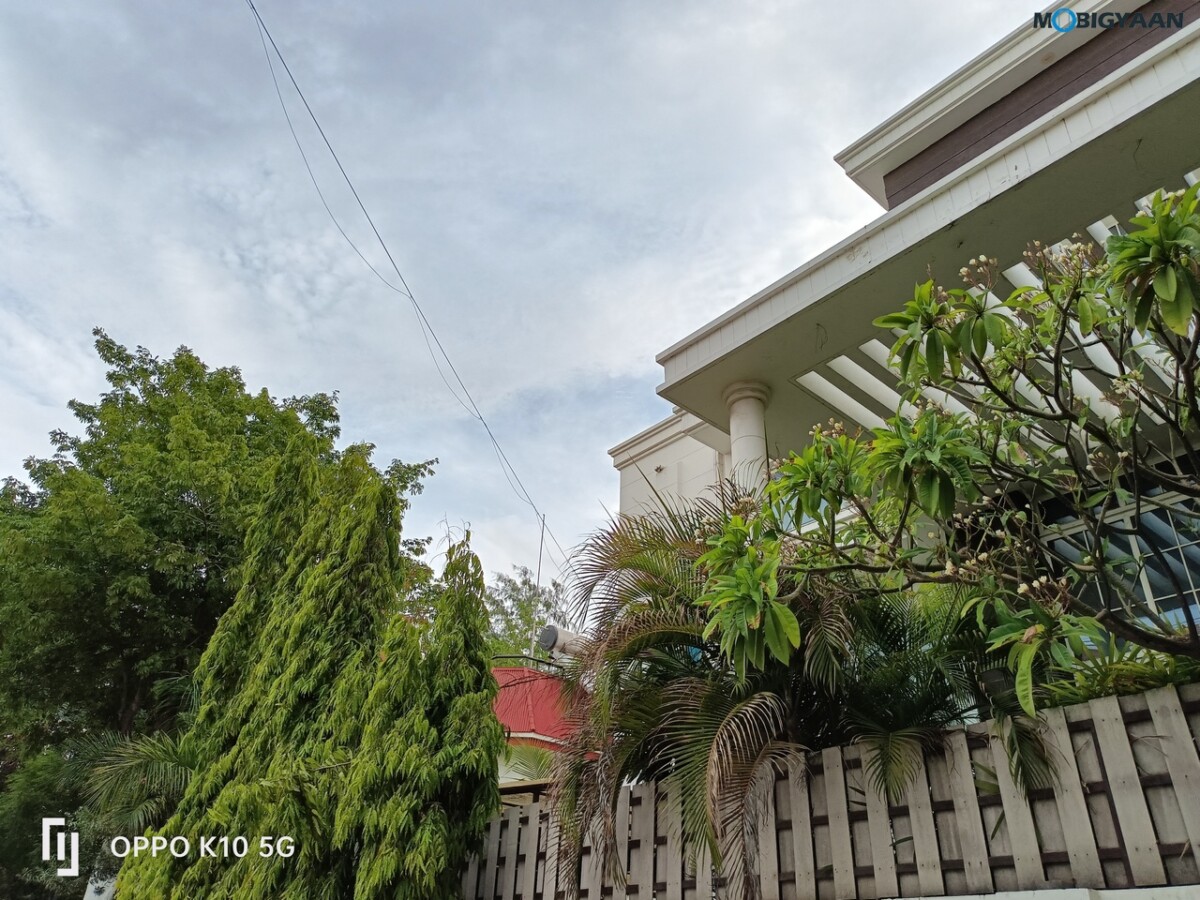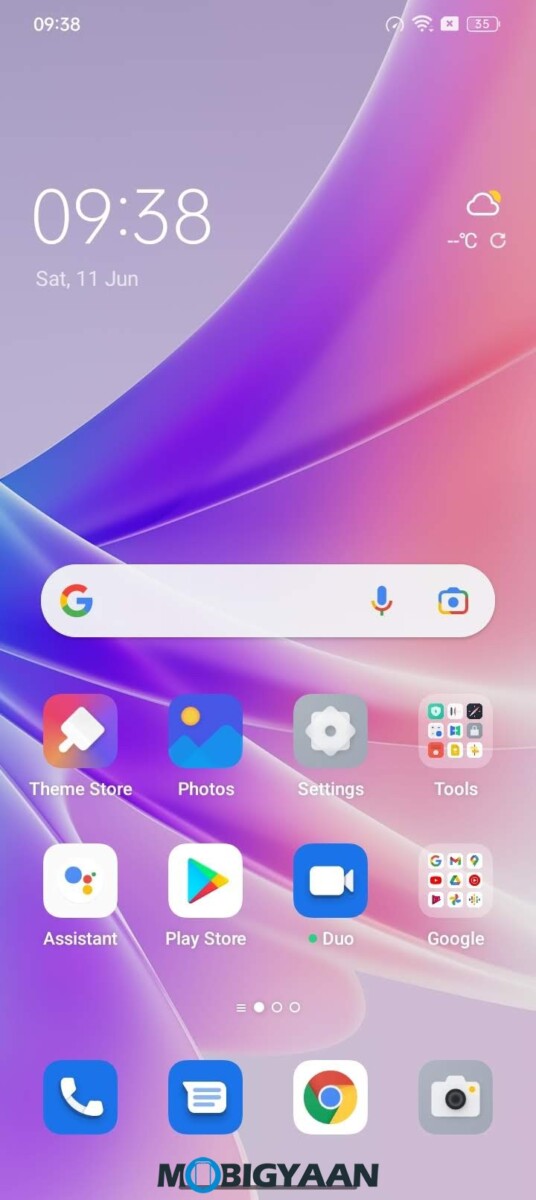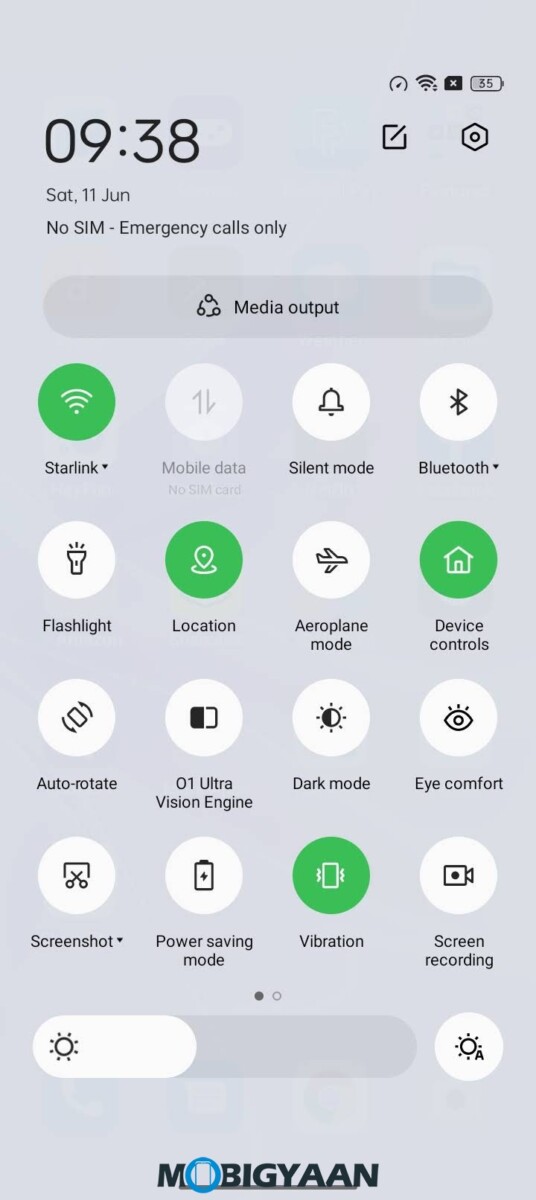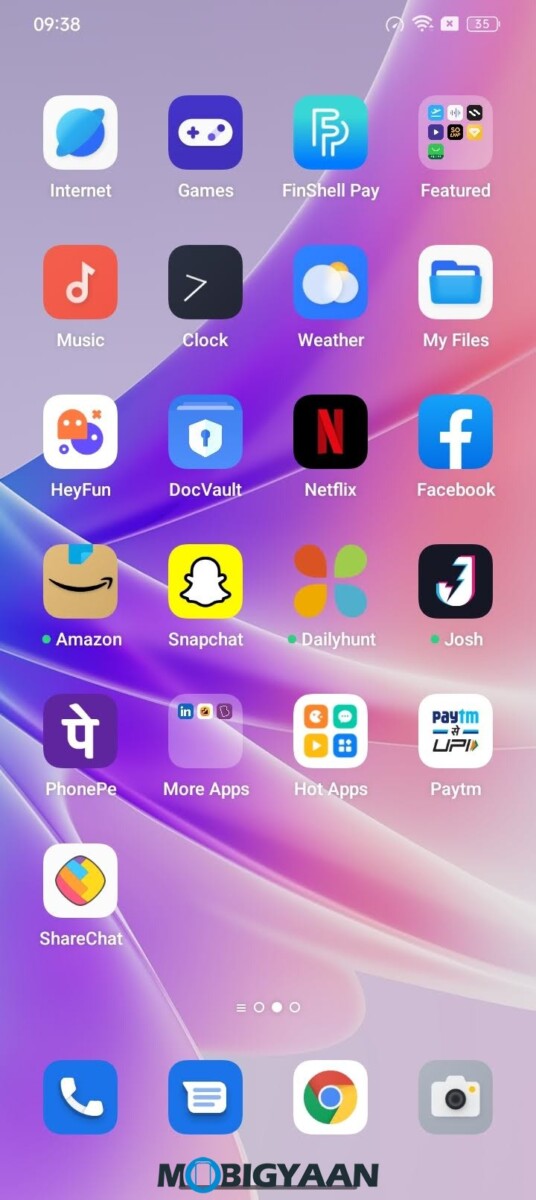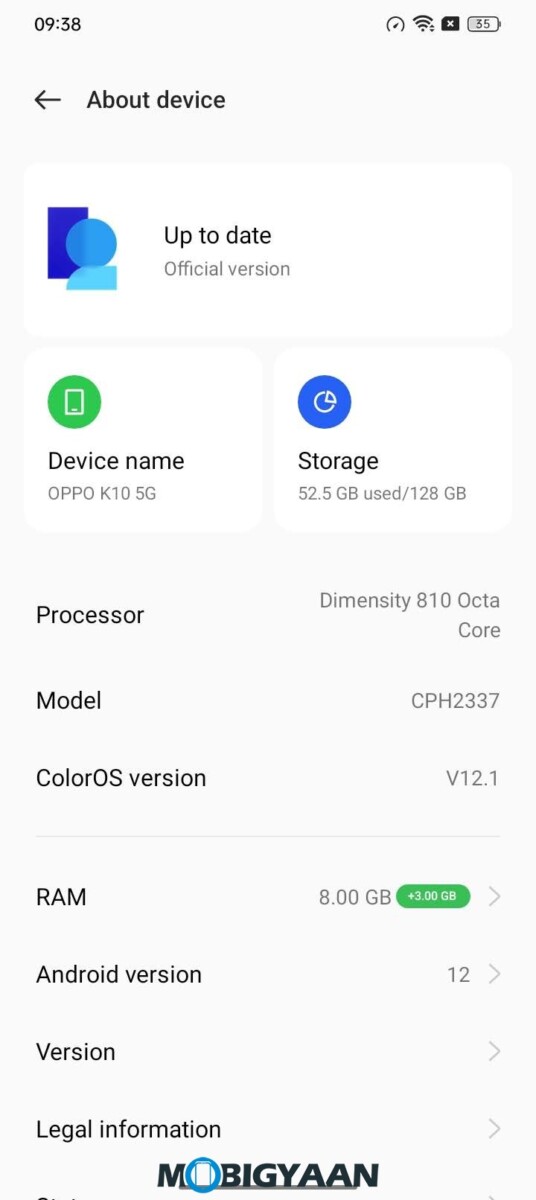Just after launching the OPPO K10 in India in March of this year, Chinese conglomerate BBK’s child company, OPPO has now released a 5G variant of the same. The newly launched OPPO K10 5G is a very different device than the one which was launched in China earlier last month and comes with a MediaTek Dimensity 810 SoC, 8GB of LPDDR4X RAM + 128GB of UFS 2.2 storage and a 6.56-inch HD+ Display.
That said, here’s an in-depth review of the newly launched OPPO K10 5G that answers every question that you might have regarding the device and whether it’s worth buying or not.
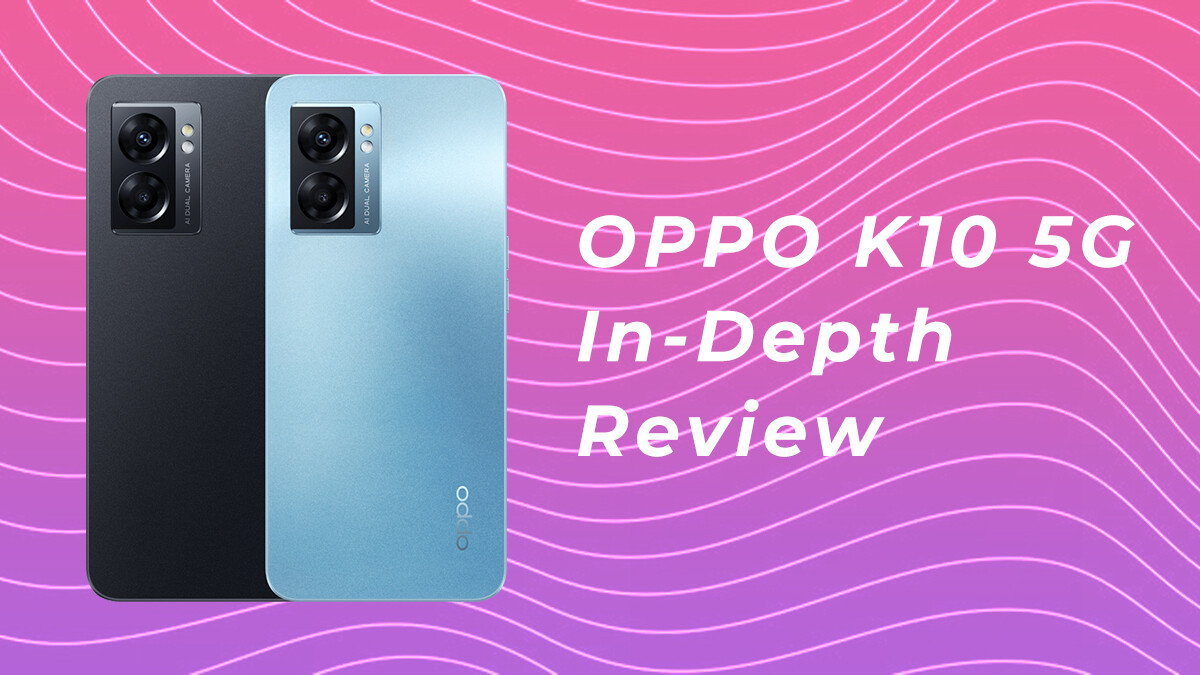
Oppo K10 5G Specifications
- Display: 6.56-inch HD+ (1612 x 720 pixels) IPS LCD panel running at 90Hz of refresh rate
- Software: ColorOS 12.1 based on Android 12
- CPU: 6nm MediaTek Dimensity 810 (2x Cortex A76 cores clocked at 2.4 GHz + 6x Cortex A55 cores clocked at 2 GHz)
- GPU: Mali G57 MC2 GPU clocked at 650 MHz
- Memory: 8GB of LPDDR4x RAM clocked at 2133Mhz + up to 5GB of Virtual RAM
- Storage: 128GB of UFS 2.2 internal storage + 1TB of expandable storage via MicroSD Card slot
- Rear Camera: Dual camera Setup (f/1.7 primary + 2 MP f/2.4 depth), LED flash
- Selfie Camera: 8MP f/2.0
- Other Features: IP4X water & dust resistance, side-mounted fingerprint scanner, face unlock, reverse wired charging, dual stereo speakers
- Cellular: Support for seven 5G bands and dual SIM standby
- Battery: 5000mAh Lithium-ion battery
- Charging: 33W SuperVOOC fast charging via USB-C port (adapter included in the box)
- Weight & Thickness: 190g and 7.99mm respectively
- Price: ₹17,499 (8GB + 128GB)
- Availability: Flipkart, OPPO Store
Unboxing Experience, Design, Display & Build Quality
Starting off with its unboxing, the OPPO K10 delivers a pretty normal unboxing experience and ships with a 33W SuperVOOC charging adapter, a USB-A to USB-C cable, a transparent silicon case, sim removal tool and some paperwork in the box.
As for its design and build quality, the OPPO K10 feels like a rebranded version of OPPO’s sister company, Realme’s Narzo 50 5G mainly because of its flat sides and a rear dual-camera bump that looks identical to the one found on the Narzo. Similarities aside, the OPPO K10 5G at a weight and thickness or should I say thinness of 190g and 7.99mm respectively is pretty comfortable to hold and comes in two—Midnight Black and Ocen Blue colour variants. Both the colour variants come with OPPO’s Glow Design that looks great in person while offering fingerprint and scratch resistance. Additionally, it’s also worth mentioning that the device offers IP4X water and dust resistance which is a huge addition to a smartphone that is priced at ₹17,499.
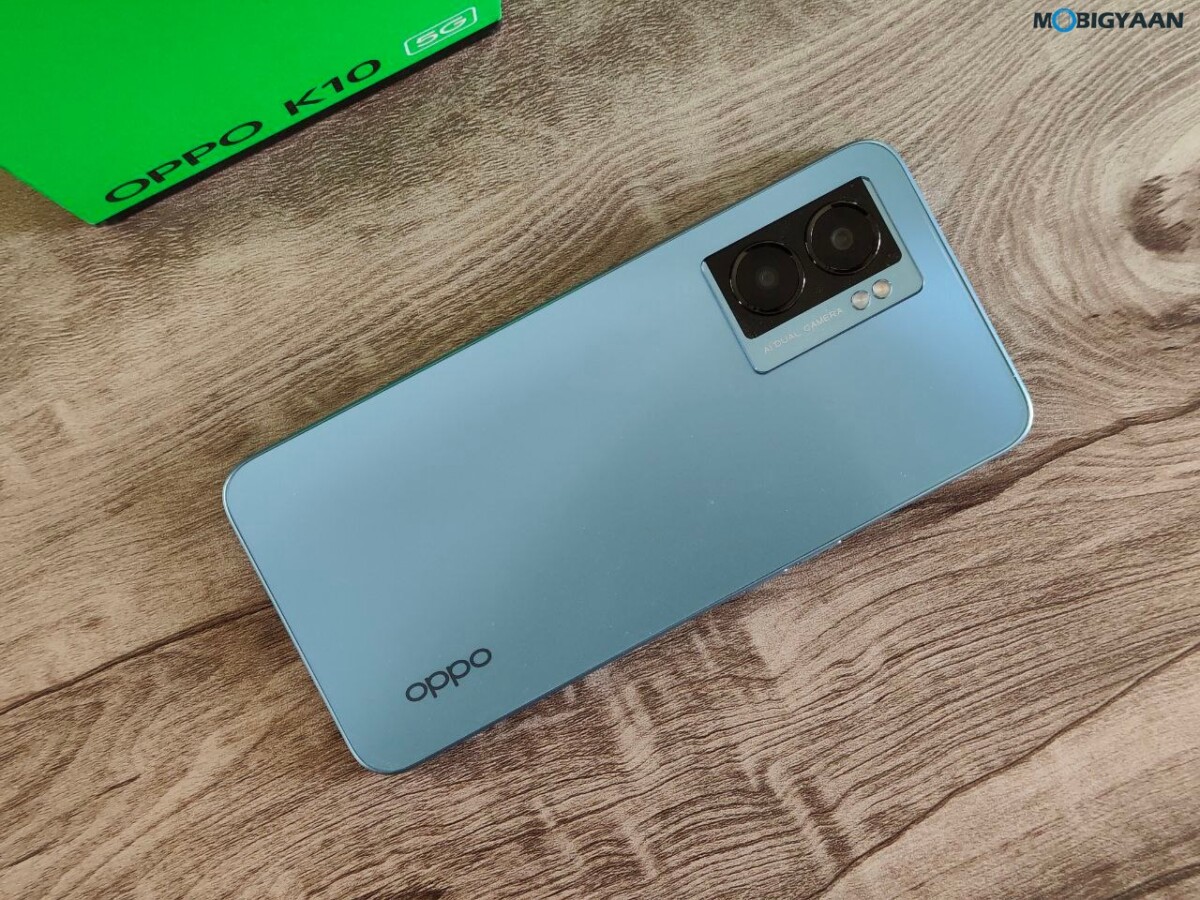
Meanwhile the frame of the device which is also constructed out of plastic offers a USB-C port, a speaker, a microphone and a 3.5mm headphone jack along the bottom side. Whereas there’s another microphone along the top edge of the device.
Coming to the sides, the right side of the OPPO K10 5G features a side mounted fingerprint scanner/power button that doubles as a Google Assistant button. Whereas on the left side of the device there’s a volume rocker along with a hybrid sim/SD Card slot which allows you to choose between Sim 1+Sim 2 or Sim 1+SD card configuration.
The back panel and the build quality aside the front of the OPPO K10 5G features a 6.56-inch LCD IPS panel that supports resolution and refresh rate up to HD+ (1612 x 720 pixels) and 90Hz respectively. Meanwhile, the display panel also offers 600nits of peak brightness along with 100% coverage of the DCI-P3 colour profile.
The bright backlight, during our testing allowed the OPPO K10 5G’s display to remain visible even under direct sunlight, however the HD+ (1612 x 720 pixels) display although vibrant might make it be a bit underwhelming if you like to binge watch your favourite content in Full HD (1920 x 1080 pixels).
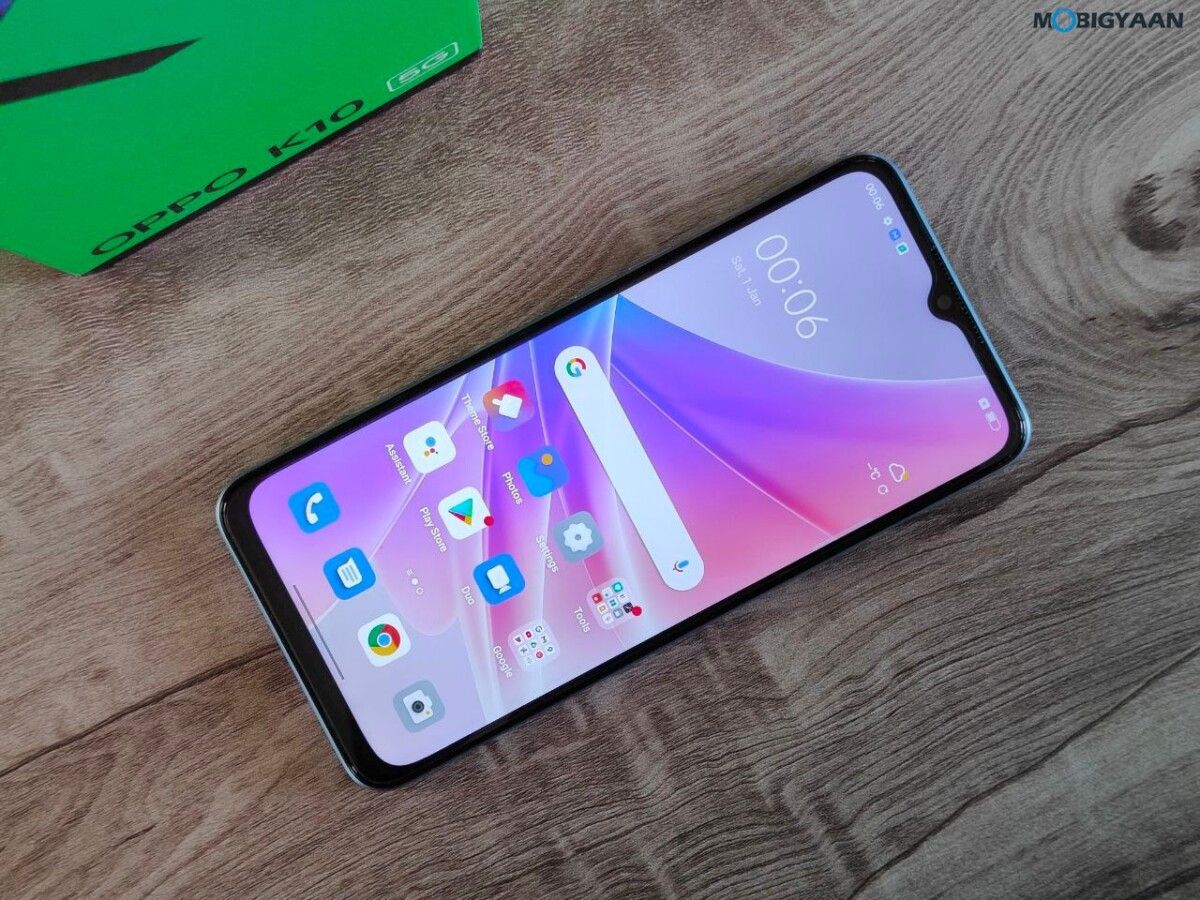
Hardware & Overall Performance
As far as the hardware and overall performance of the smartphone is concerned, the OPPO K10 5G packs a fairly capable Dimensity 810 SoC paired with up to 13GB of RAM (8GB of LPDDR4X RAM + up to 5GB of virtual RAM) and 128GB of UFS 2.2 storage that can be expanded up to 1TB using a MicroSD card.
Focusing on the SoC, the Dimensity 810 is a mid-tier 5G chipset from MediaTek that is built using TSMC’s 6nm node and offers 2x ARM Cortex A76 cores clocked at 2.4 GHz and 6x ARM Cortex A55 cores clocked at 2 GHz. The new chipset, apart from supporting 5G connectivity offers much better CPU and GPU performance compared to the Snapdragon 680 that was found on the non-5G variant of the OPPO K10 which was launched in March.
In our testing it was discovered that the OPPO K10 performs pretty much how you would expect from a device at this price range and offers great performance in day-to-day usage. As for its gaming performance we were able to get an average of 30fps in gaming titles including PUBG/BGMI, Diablo Immortal and Asphalt 9, meanwhile few games such as Apex Legends and COD Mobile averaged at around 40fps and 60fps respectively.
Charging & Battery Life
The 5000mAh battery that powers the OPPO K10, in our testing offered almost 7hr of screen on time over a span of two days which includes few hours of YouTube playback, gaming in PUBG/BGMI, Diablo Immortal, Asphalt 9 and more. This leads us to say that it will easily last you a day of heavy usage or even more if used moderately,
Battery capacity aside, the battery also supports 33W fast charging with its SuperVOOC power brick which is supplied with the device. The power brick charges the device from 0 to 100 in around 1 hour 24 minutes (84 minutes) which is around 15 minutes more than OPPO’s claim of 69 minutes but its ok as it doesn’t make that big of a difference and charging speeds tend to fluctuate depending on the ambient temperature around the device.
Furthermore, the OPPO K10 5G also offers support for other battery related features such as wired reverse charging, optimised night charging as well as super power saving mode.
Camera Setup & Its Performance
In terms of camera hardware the OPPO K10 5G comes with a total of three cameras, a dual camera setup on the rear that consists of a 48MP f/1.7 primary and a 2MP f/2.4 depth sensor along with an 8MP f/2.0 selfie camera on the front of the device that is housed within a teardrop notch.
Camera sensors aside, the OPPO K10 gives you the ability to record 1080p videos at 30fps and capture photographs in multiple photo modes including night, portrait, panorama, HDR, and Pro modes.
In our testing, the rear camera setup found on the OPPO K10 was able to deliver punchy and vibrant photographs with pretty good edge detection as well as natural looking skin tones. The auto HDR, however was a hit or miss unless you turn it on manually which is not a huge deal as it can be toggled on and off right within the camera UI.
Meanwhile, the front 8MP f/2.0 selfie camera which supports potrait mode was also pretty good and delivers sharp looking photo’s with natural looking skin tones.
Software & User Interface
Now that we’ve already talked about the device’s hardware specifications let’s take a look at the software that powers the OPPO K10 5G.
The OPPO K10 5G comes with ColorOS 12.1 operating system based on Android 12, which offers a multitude of useful software features while delivering a responsive and good looking user experience with the only exception being the 10 to 13 junk apps that can thankfully be uninstalled.
Meanwhile, OPPO hasn’t confirmed anything regarding the update schedule of the device but it most probably might receive one or more major Android update and up to four security patches as we have seen with other devices in this price range.
Final Verdict
Now that we have thoroughly tested and taken a look at the features and specifications of the newly launched OPPO K10 5G we would give it a score of 7 out of 10 and recommend it to most people mainly because the device offers pretty consistent performance and a long lasting battery with the only downside being its display which honestly looks vibrant and feels smooth but only supports resolutions as high as HD+ which is kind of unacceptable in 2022.

